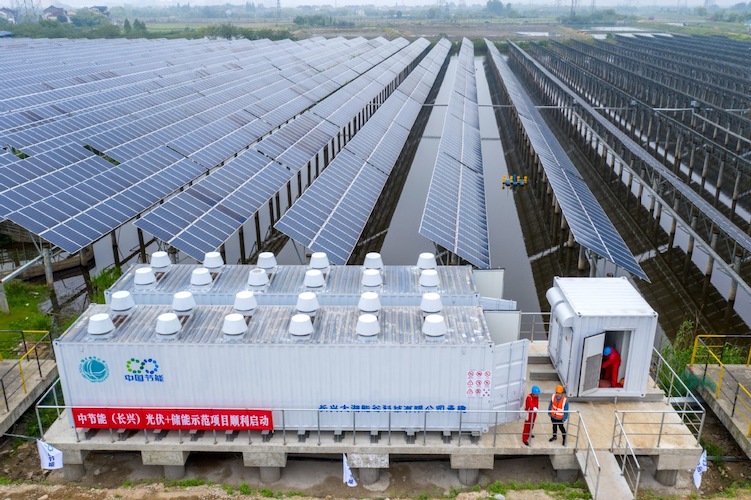In this excerpt from the book Persevere and Prevail Like Mukesh Ambani, Rajiv Agarwal writes about Mukesh Ambani’s innovative business ways and quest to build a digital wholesale marketplace in India.
——
(ATF) On 13 April 2019, a newspaper reported that Reliance Retail was intending to lay a big bet on a digital wholesale marketplace for business-to-business (B2B) e-commerce. This was in line with the Chinese e-commerce giant Alibaba. The marketplace would focus on products like smartphones, televisions, garments, spices and soap. The intended target audience was a range of retailers, including those located in remote villages.
The idea was to address the estimated 12 million kirana, or corner shop, outlets that were sourcing their products mainly from traditional wholesale markets like Sadar Bazaar in Delhi or from distributors of large consumer companies. This platform would bring smaller kirana stores together with larger distributors and suppliers. The Reliance Retail platform would facilitate the servicing of even small orders through various modes. The buyers of these goods could choose to pick up these goods from the shops of their sellers or have them delivered at home on Reliance’s network which was being created especially for this purpose. Reliance was also building the necessary infrastructure such as fulfilment centres for supplying fast-moving consumer goods (FMCG), grocery and consumer electronics.
In 2019, Reliance Retail posted revenues of more than Rs1.35 trillion ($18 billion), almost doubling the previous year’s sales. They added 2,829 stores during the year, of which 510 were added in the last quarter itself! By the end of the year, the retail arm had 10,415 stores with retail space of over 22 million square feet. Additionally, it operated over 8,000 Digital and Jio stores together by 31 March 2019.
—
The passion and drive to attain a global scale is an underlying theme in Mukesh Ambani’s thinking. For ages, under the “licence raj” and amid high interest and import tariffs, Indian industrialists were forced to think in terms of minimal capacities. This led to suboptimal costs due to uneconomical plant sizes. But this was fine, as the limited and controlled production capacity in the country gave these industrialists almost monopolistic markets where they could price high and make obscene profits. But, as we have seen, the entry of Reliance with plant capacities which were more than the total demand in India has changed the game completely and forever.
Dhirubhai, and later Mukesh, Ambani played on the basis of new rules, where capital was not a constraint and the import tariffs were reduced on the basis of export earnings and commitments. And then suddenly, the world was their market, with the domestic market getting a benefit of the large capacities. The other local competitors caught on, but by then Reliance was far ahead. Since then, the most economical, largest possible capacity is the determinant factor in deciding plant sizes, based on global markets. The overall capacity in the industry becomes seemingly irrelevant.
Reliance leaves the competition far behind, as it drives unheard-of efficiencies by doing things differently. By the time the competitors figure out what they have done, Reliance has already moved on to their next step. There could not be a better case for the strategist to learn from. Like them or hate them, but you cannot ignore the fact that Reliance has redefined every industry that they have touched, with large-scale volumes, audacious goals and a more efficient way of doing things which confounds their biggest critics. And the way that Reliance has managed to get higher margins just illustrates that one can extract higher margins, if one is innovative.
—
The functioning of most start-ups is based on opportunities which may have been overlooked by the existing players, and they work on that. The laws may not be clear at the moment, so they may function on the edge of the law. For example, Uber, Airbnb, WeWork, etc. are some start-ups which have been facing various regulatory controversies while regulators grapple with the legality of their operations. So, from a different viewpoint, a student of management should probably learn how Reliance under Mukesh is functioning like a start-up. Looking for fresh ways to be profitable, pursuing a huge scale and at the same time being hyper-efficient with quality and innovation, looking to exploit opportunities that oftentimes the others may have missed.
In retail, Mukesh did not just enter into pure-play retail. What he did was to increase his margins to tie up with foreign brands wanting to come into India, and then jointly set up stores in India, thus getting a wider portfolio of brands to offer and getting huge opportunities to learn about the tastes and preferences of Indian consumers. This way, you make higher margins than by just selling commodity products.
This is an excerpt from the book Persevere and Prevail Like Mukesh Ambani by Rajiv Agarwal, published by Rupa Publications.























